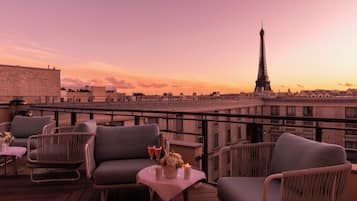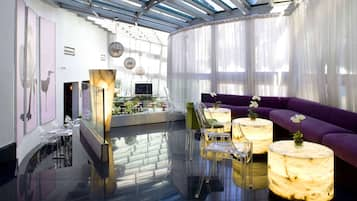Montmartre is a village set on a small hill of Paris’ 18th arrondissement. Despite its popularity as a tourist attraction, much of the traditional quality of the village is well retained, setting this spot apart from the regular architecture you may see around Paris. It is also lined with cafés and art museums, including the unmissable Espace Dali exhibition that features much of Salvador Dali’s work.
Thanks to its laidback atmosphere, you'll often see aspiring artists crowd the Place du Tertre square. Here, you can get your portrait drawn for a small fee or you can simply sit by any of the surrounding bistros to soak in the village vibes. As the village isn't too large, you may fit a visit to Montmartre on a day trip. However, we do recommend booking a stay at any of the hotels in the area if you wish to explore the hills which are best at sunrise and sunset.
Montmartre in Paris - one of the highlights of 10 Best Things to Do in Paris and 11 Most Popular Neighbourhoods in Paris (Read all about Paris here)
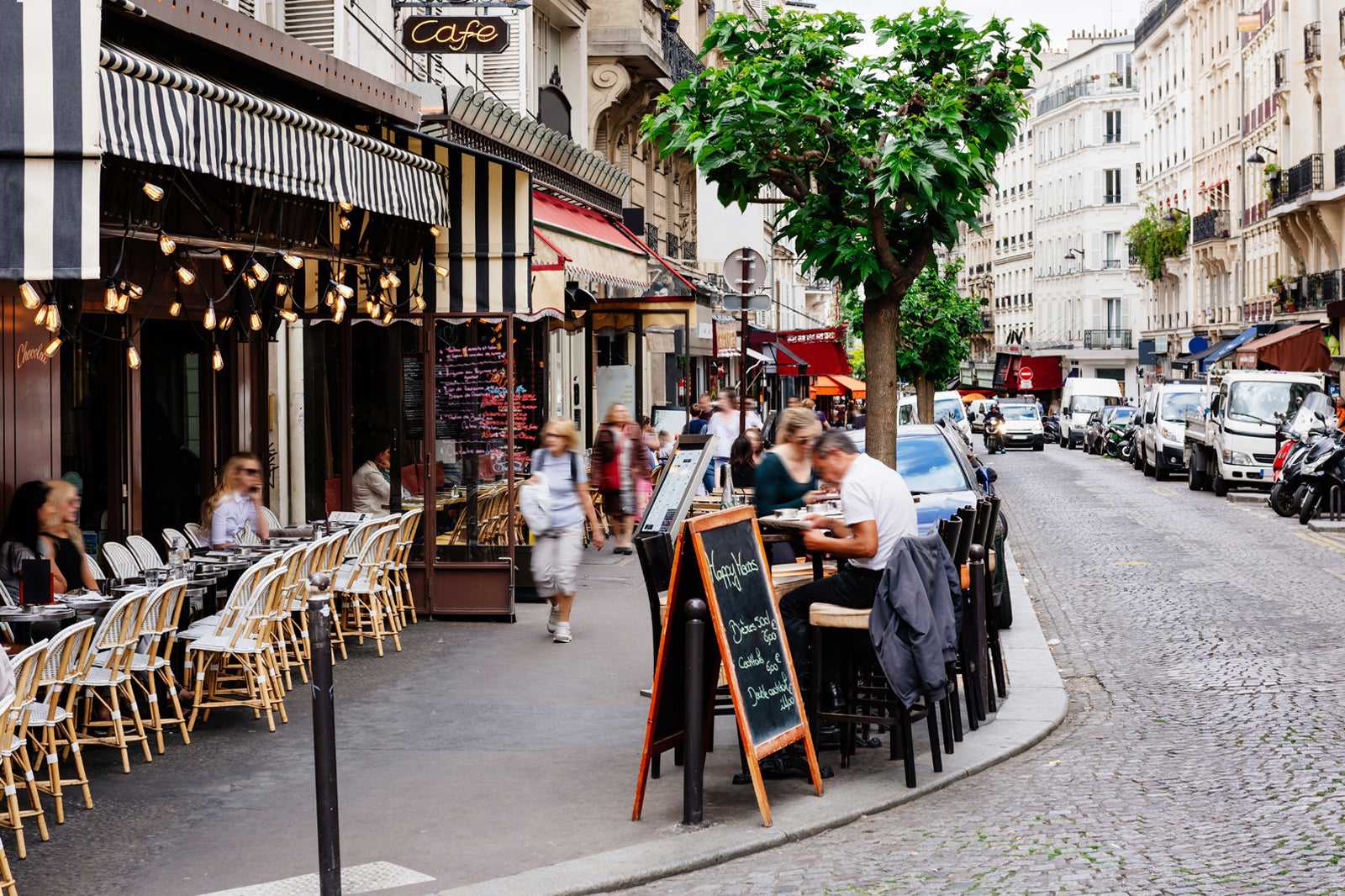
A brief history of Montmartre
While Montmartre is a popular tourist spot today, it was never the case for this little village in the past. The village was occupied since the Gallo-Roman times at the very least. Since then, Montmartre has been a location of many major incidents in French history, including the Siege of Paris. The village has always been considered an area outside Paris limits, and it wasn't until 1860 when Montmartre became a part of the 18th arrondissement.
For many years, Montmartre has hosted many budding and well-known artists. As you stroll through the cobblestone lanes, you'll see a variety of places where artists like Vincent Van Gogh, Monet, and even Picasso had visited, ate, or even lived in. One of the most popular cabarets is Au Lapin Agile, which is said to be Picasso's favourite lunch spot – he even paid for his meals with his art. The drawing has since been sold by the owner of Au Lapin Agile, but the cabaret remains a popular spot if you're looking to indulge in authentic Parisian cuisine.
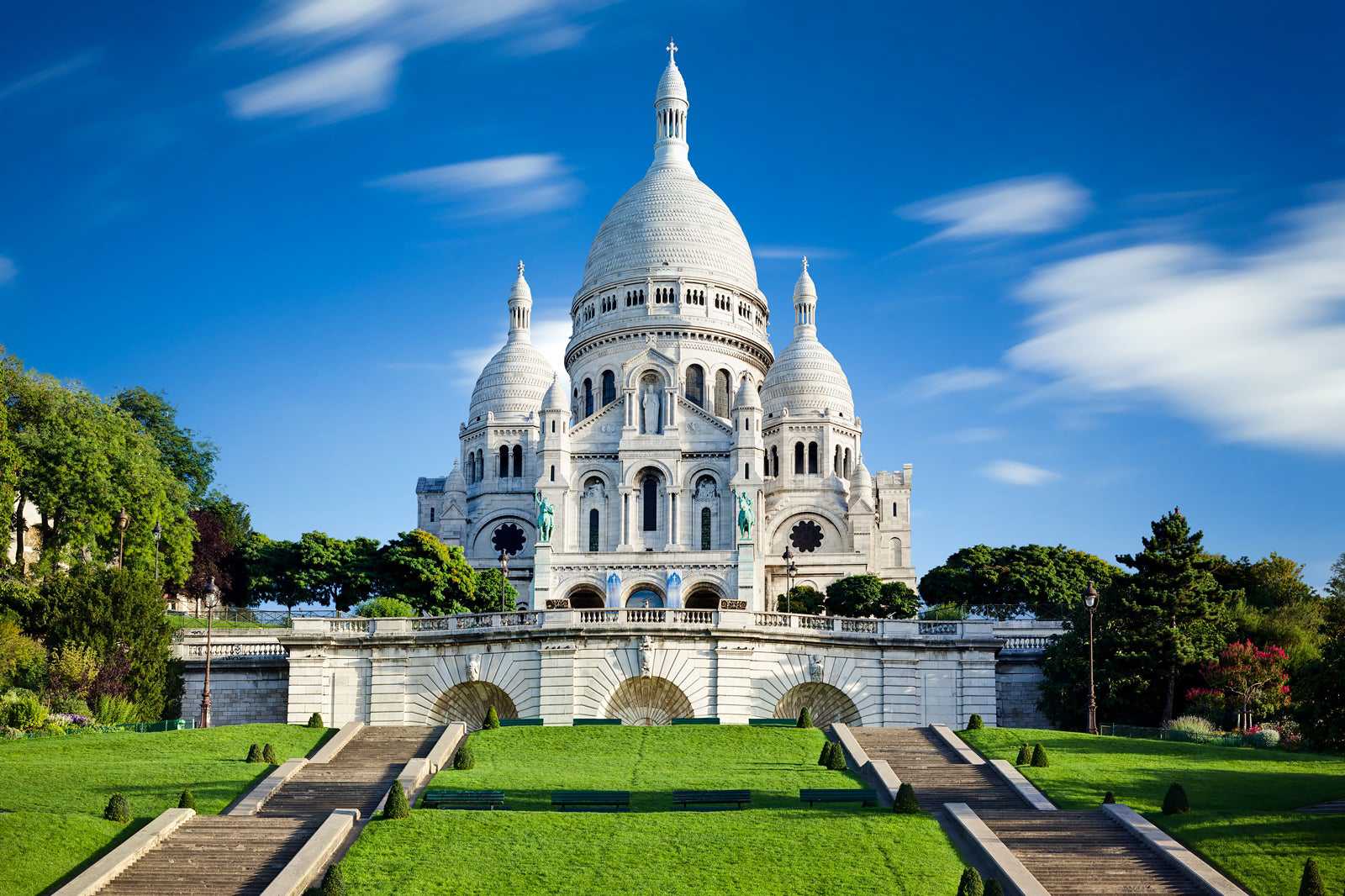
What are the highlights of Montmartre?
The best way to explore Montmartre is on foot, although many visitors may also opt to catch the white train that rumbles through the village. Nicknamed the Little Train of Montmartre, this 40-minute guided tour will take you through a variety of hidden spots. The ride begins at Place Blanche, taking you up the village to stops like the Place du Tertre and the Espace Dali Museum before returning to the starting point. Tours run daily from 10 am onwards, and are offered in English and French.
If you decide to explore the village without the train, then you’ll want to visit the Sacré-Coeur Basilica that’s perched on the summit of butte Montmartre. Built in 1914, this historical church is one of the most visited attractions in Paris. You can enjoy a panoramic view of the city from its highest dome. The ceiling of the church is known as the largest mosaic in France, making it a must-see feature in the basilica. Entrance to the church is free. A ramp and lift are available for guests who require wheelchair assistance.
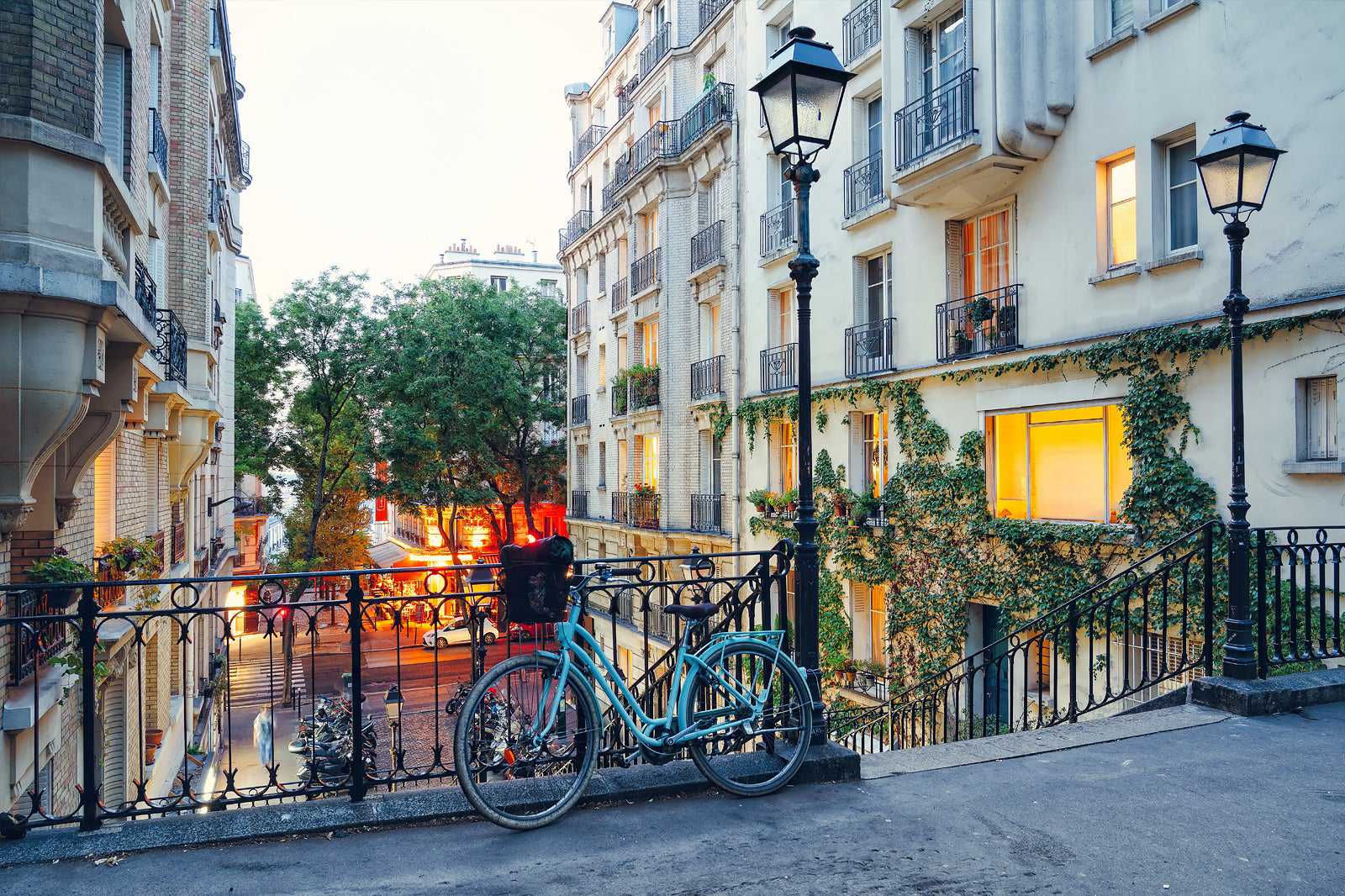
Good to know about Montmartre in Paris
You can reach Montmartre conveniently, thanks to the metro lines that connect you from the heart of Paris to the village. On line 2, you may choose to alight at Anvers, Pigalle, and Blanche to arrive Montmartre. Alternatively, a trip on line 12 to Pigalle, Abbesses, Lamarck–Caulaincourt, and the Jules Joffrin should also lead you here.
Movie fans may recognise Montmartre as the backdrop to the popular film, Amélie. Released in 2001, the film follows the adventures of Audrey Tautou as a shy waitress named Amélie Poulain. If you’re keen to experience a slice of magic from the movie, make your way to Café des Deux Moulins where filming took place. Whether you’re looking to sit down for a cup of coffee or try their delicious crème brûlée, this quaint café by the junction of Rue Lepic and Rue Cauchois will not disappoint.





